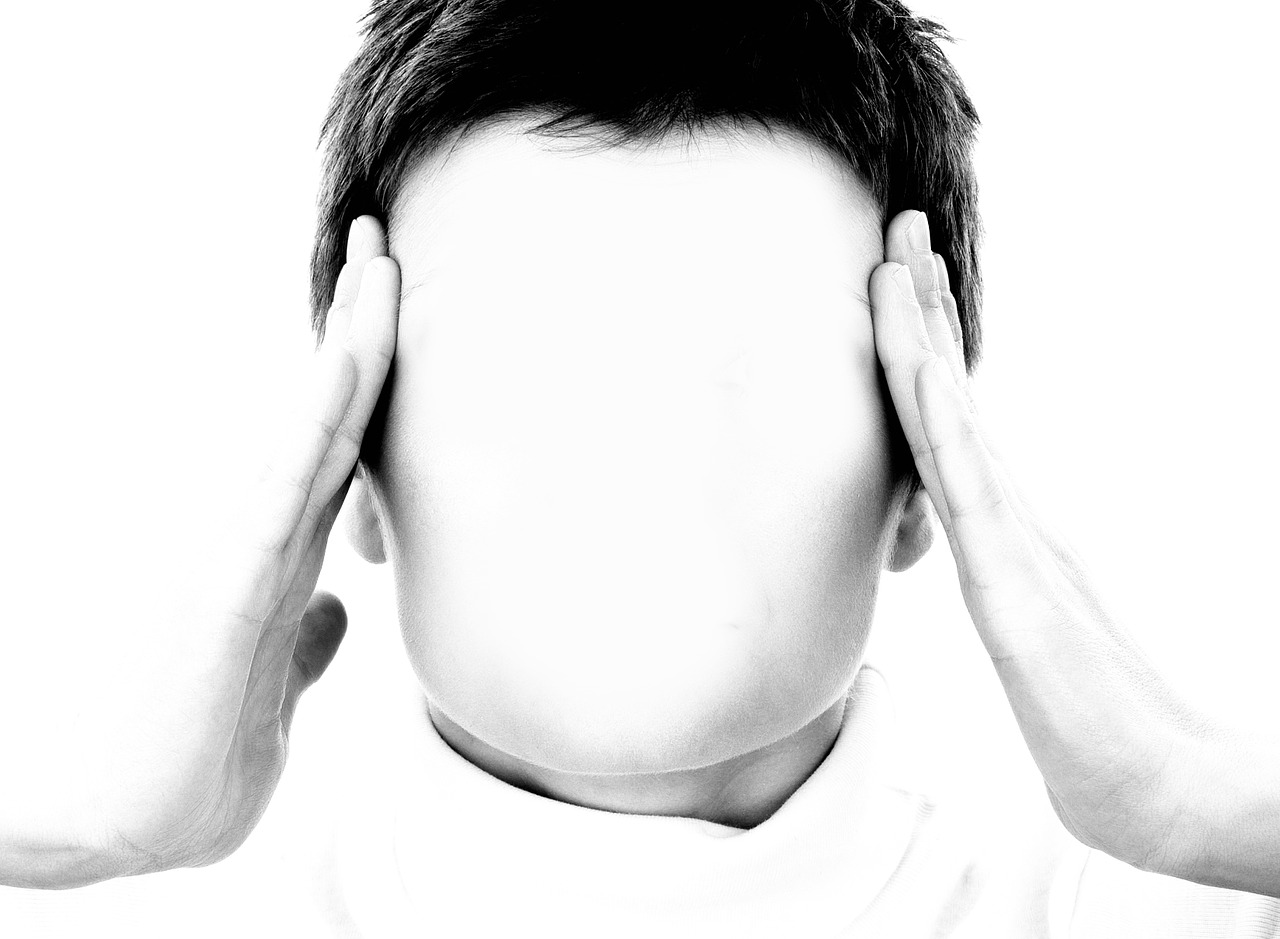By Robin K. Roberts, MFT.
Imagine you are sitting on the cusp of an historic event – one that is unfolding slowly but with mighty force, and one that will last well past your lifetime. Imagine you have people in your communities who are desperately trying to tell you about these changes, and what they have to say is numbing, impossible to embrace. This is the story of climate change in 2016 – and with it, California’s long-term drought.
The economics of the long-term drought have been substantiated: from a lack of ground water, the changes in farming, the jobs that are and will continue to disappear, to the cost of catastrophic floods and fires. The human effect — the “psychological responses” — is less understood.
Mono County Behavioral Health began tracking how people in our area have been responding to this long-term drought. Given that we are located where some of California’s water comes from and where snow levels are measured monthly to give the State of California the numbers necessary to plan for water usage, the people of Mono County (and our regional partners, Inyo and Alpine) have a lot to say about how they feel about this drought’s catastrophic affects. Since it’s on people’s minds and there are high levels of stress as a result, we decided to gather data with the hope of finding solutions to the numbness and hopelessness that can settle in when something so big is sitting on our collective shoulders.
We are asking the following questions and recording the answers:
- Tell me the first three words that come to mind when I say, “California’s long-term drought.”
- Tell me the first three words that come to mind when I say, “climate change.”
- Tell me the first three thoughts that come to mind when I ask about “the last time you did something you felt was meaningful and/or had purpose.”
Human beings are hard wired for survival—biologically and emotionally. When faced with something that elicits fear, our first response is “flight, fight, freeze.” When these stimuli last for too long and become chronic, we settle into numbness and/or hopelessness. However, we are also wired to “engage and create.” Humans build resilience when they feel connected to things that hold meaning and purpose. Without interventions to break down our tendencies to become numb and isolation, human beings, including those of us reading this, will settle into the type of hopelessness that begets emotional impotence, anger and depression.
While we may not be able to individually save enough water to change the course of the drought or save the millions of dying trees in our backyard, collectively we can create networks to combat emotional stress and isolation. In other words, we can help our communities build resilience through connection.
Our survey has collected answers from more than 100 participants thus far. For Question One, the top three answers are “dread, hopeless, fire.” For question two, “devastation, terrifying, forever changed.” For three, “special time with my family, helping out my neighbors, and connections with other people.” We interviewed people randomly, in a variety of counties, from all walks of life. Every single person had something to say, and this is the most important factor we have to work with right now. People in California are concerned and aware of the drought and climate change. People want to talk about it and are eager to share stories about their fears and the impacts they are seeing.
It is expensive to take care of a population that is depressed, stressed and numb; and these numbers will increase as our ground water recedes, fires and floods dismantle our infrastructures, and people are displaced. Our “safety nets” will bulge with the increase of those who need them. As county government leaders, it behooves us to begin making predictions about what will be needed and by whom. These are the economic factors.
As for the human aspects, we have the infrastructure to create opportunities for our residents to make connections — the type of connections that build resilience and break down isolation. It is a small but potent way to give voice to fears and reduce the numbness and loneliness that can cause depression, anxiety, excessive substance use, domestic violence, suicide, etc. etc. From these conversations come creative change, and it is up to us to build systems that encourage the type of listening not typically found in governmental agencies. Ideas that are born from desperation and fear can give root to the depths of change we need to combat the emotional devastation that accompanies these times.
We are on the cusp of catastrophic changes and we have the opportunity to create narratives that inspire our strengths. In California, it is time to establish a dialogue that encourages our natural endurance and resilience. It is up to us and the time is now.
[divider] [/divider]
Originally posted at the California State Association of Counties.
Robin Roberts recently spoke on this issue at a CSAC Institute course focusing on the long-term impacts of the drought.





